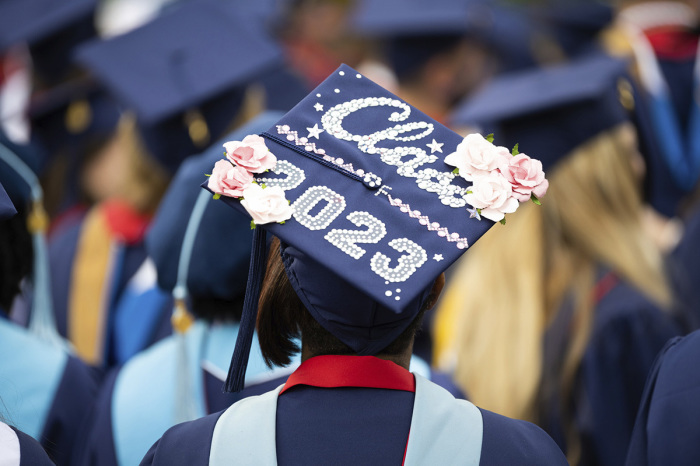Education degrees drop by 50% amid rising concerns about students' performance in public schools

Amid concerns about declines in students' performance at public schools, another issue that has risen is the massive drop in college students seeking degrees in education to pursue jobs in teaching, according to data from the National Center for Educational Statistics.
Data from NCES found that education degrees conferred by post-secondary institutions have fallen by 50% between the 1970-'71 academic year and the 2020-'21 academic year.
The former academic year saw institutions award 176,307 education degrees compared to 89,398 for the latter. Some of the more popular majors conferred for the 2020-'21 academic year instead of education were business (391,375), which included management, marketing and other related support services, and health professions or other related programs (268,018).
In 2002, an op-ed piece in The Christian Post warned of an already burgeoning teacher shortage throughout the nation.
Jonathan Butcher, the Will Skillman senior research fellow in education policy at the Washington, D.C.-based conservative think-tank The Heritage Foundation, said that, in his findings, the issue is not a nationwide teacher shortage but that public schools have fewer teachers needed for specific areas and subjects.
Butcher said many schools struggle to find educators to teach students with special needs or math and science. Those problems, he added, have existed for years.
“When parents have choices in education, this allows them to find schools and tutoring centers and other learning options — public or private — that can meet their child’s needs and have effective staff, not just ‘enough’ staff,” Butcher said in an emailed statement to The Christian Post.
“Student-teacher ratios have dropped significantly over the last hundred years or more,” he said. “When unions say schools need more teachers, policymakers should ask if this is a workforce issue because unions have the incentive to swell their own ranks.”
Butcher also warned that schools that used federal funding related to the COVID-19 pandemic to hire more teachers are headed for a “fiscal cliff” when it runs out.
“Research finds that just because a teacher has more credentials in the profession does not make them a better teacher,” Butcher stressed. “So, when private learning providers do not have to abide by the same requirements, this makes it easier for them to find educators.”
The data concerning education degrees comes as recent reports released by the National Assessment of Educational Progress have shown a decline in student test scores.
NAEP conducted an assessment of 13-year-old students' reading and math scores from October to December of the 2022-'23 school year. The assessment found that the average reading scores for 13-year-olds declined by 4 points and 9 points in math compared to NAEP's previous assessment during the 2019-'20 school year. The report also found that scores in mathematics declined compared to 2020’s scores for most student groups.
For female students, there was an 11-point decrease, while male students saw a 7-point decline. The gap between black and white students also widened from 35 points in 2020 to 42 points this year.
The NAEP assessment follows another report from October 2022 that found a decline in the average reading scores for fourth and eighth graders.
The average reading scores for both grades decreased by 3 points since 2019, before the COVID-19 pandemic forced schools to enact remote learning measures. Similarly, the average fourth- and eighth-grade math scores declined by 5 and 8 points, respectively.
A month prior, NAEP released a separate assessment that showed what it described at the time as the “largest average score decline in reading since 1990 and the first-ever score decline in mathematics.”
The assessment analyzed the reading and math scores for 9-year-old students. The average reading scores for 9-year-old students in 2022 declined by 5 points and 7 points in mathematics compared to 2020.
Samantha Kamman is a reporter for The Christian Post. She can be reached at: samantha.kamman@christianpost.com. Follow her on Twitter: @Samantha_Kamman




























